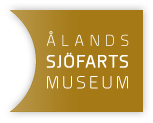The sea and the wind are powerful natural elements that no human can tame. That said, there is plenty that can be done to promote safety on board and ashore.
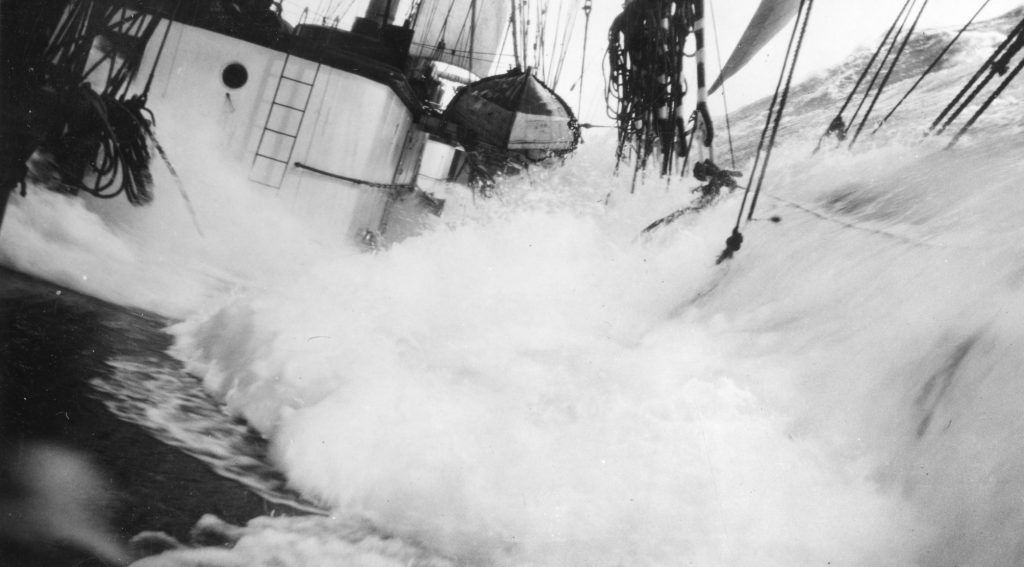
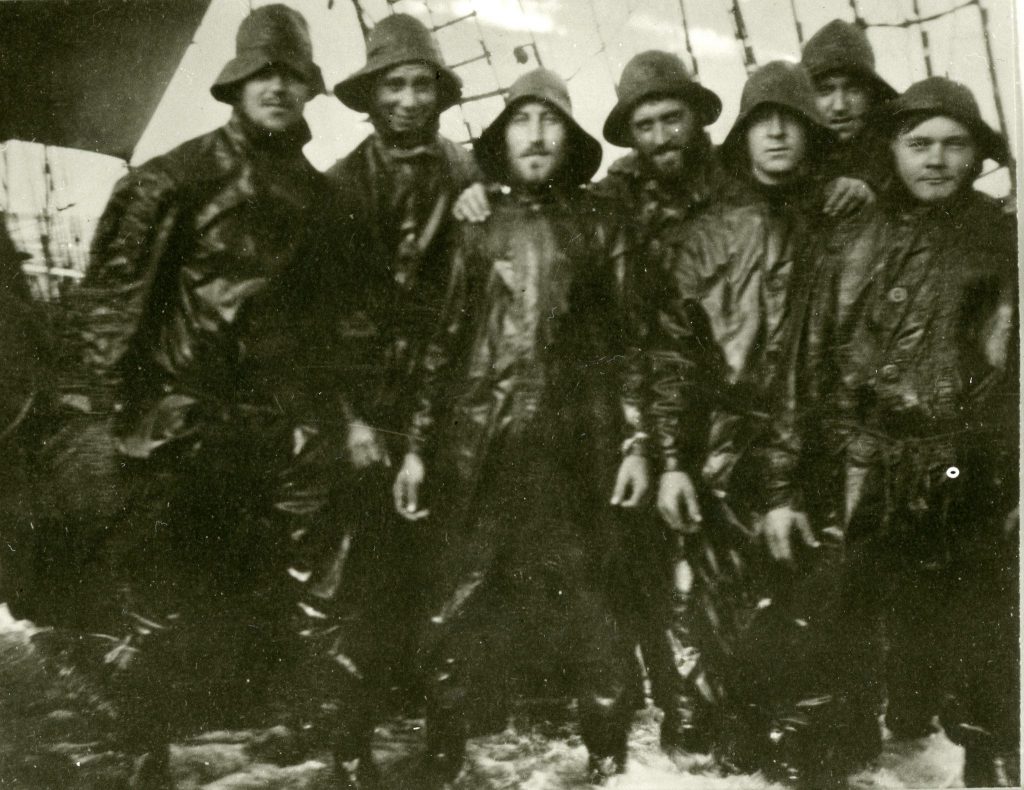
Though much has been done to improve safety at sea, accidents are an inevitable part of shipping whether caused
by natural forces or human error. The most talked-about recent accident in the Baltic Sea is the loss of ms ESTONIA in September 1994, when 852 people lost their lives. The size of the catastrophe is hard to grasp and for many people the healing process is still on-going. Among Åland maritime accidents, PLUS remains the one people are most aware of. Almost home after a long voyage, the ship ran aground and sank just outside Mariehamn and 12 out of 16 men lost their lives. Less well-known is an accident that occurred in 1970, when tanker RAGNY broke in half during a storm in the Atlantic.
The bow of the ship sank, taking with it the captain and five of the crew. The rest of the ship’s company were in the stern and managed to send out an SOS. After waiting for several hours on the sinking ship they were rescued at the last minute by the U.S. coast guard. War makes the seas even more dangerous. The biggest single loss occurred during the First World War, in December 1916, when ss SKIFTET hit a German mine just outside Mariehamn. The ship sank in just a few minutes and 86 of the 91 people on board perished.
Highlights
Märket lighthouse, situated right on the border of Finland and Sweden, opened in 1885. The light apparatus was a Frenchmade Fresnel. The rotating lens drum and the arrangement of lenses and prisms made Märket Finland’s first lighthouse with a flashing light characteristic. The characteristic for Märket was ten white flashes per minute that alternated from weaker to stronger. The reach of the signal was 8.5 nautical miles. The apparatus was fuelled with kerosene until 1956 when it was electrified. Märket’s apparatus consisted of clockwork and a fuel tank.
The clockwork rotated the lens while the wings controlled the speed at which it rotated. The lead weights hung from the clockwork were wound up manually. The clockwork itself was located under the lens in the lantern room. The lens rotated three hours at a time before it had to be wound up by the lighthouse keeper. Märket lighthouse was manned until 1976 and was the last of the Finnish lighthouses to be automated.
The Plimsoll line is important from a safety perspective. It indicates how deeply a ship can be loaded in various water types and temperatures to keep its buoyancy and stability. The starting point is the maximum draft in sea water, which is marked by the horizontal line of the Plimsoll line and by loading mark S (summer temperate seawater). The remaining lines mark maximum draft in tropical fresh water (TF), tropical seawater (T), winter temperate seawater (W) and winter in the North Atlantic (WNA). The two letters either side of the main line indicate the classification company of the ship. The Plimsoll line was named after the British politician Samuel Plimsoll (1824-1898). He was heavily engaged in issues concerning safety at sea and fought hard against shipowners who deliberately risked the lives of sailors by overloading their ships. It was on his initiative the now obligatory loading line on ships was introduced, an achievement that bestowed him with the epithet sailor’s friend.
It was late at night on 14 December 1933 when the crew of iron barque PLUS signalled for a pilot outside Kobba klintar pilot station. As none was available, the captain was left with no choice but to try to sail in to Mariehamn unaided. But in the howling winds and thick snowfall PLUS lost her course and ran aground, tearing a big hole in her hull. The hold filled with water so quickly that there was no time to lower the lifeboats; the entire crew plunged into the icy water to try and swim ashore. Only four of them managed to reach Korsö where they were helped by the island’s lighthouse keeper; the other 12 men lost their lives.
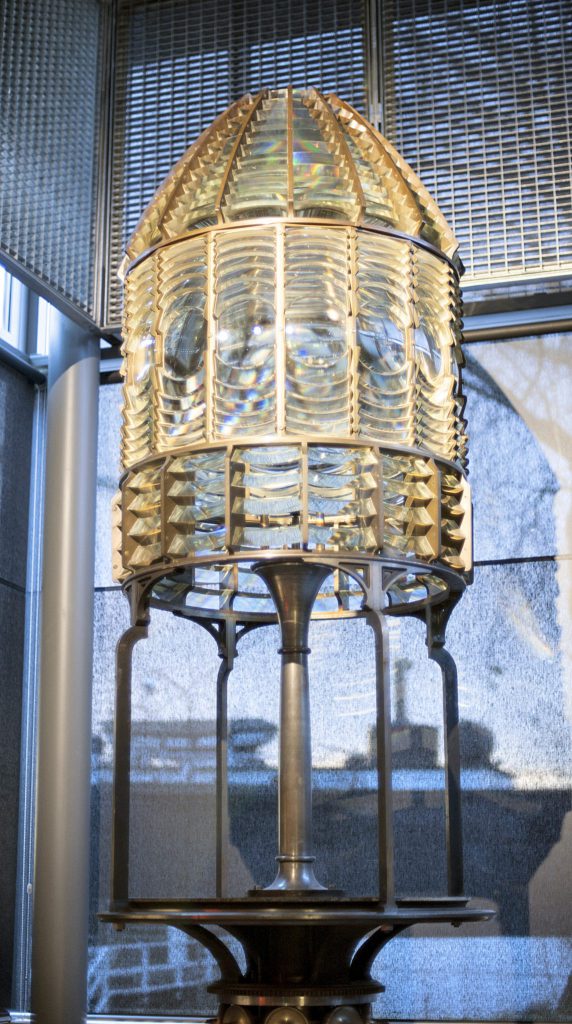
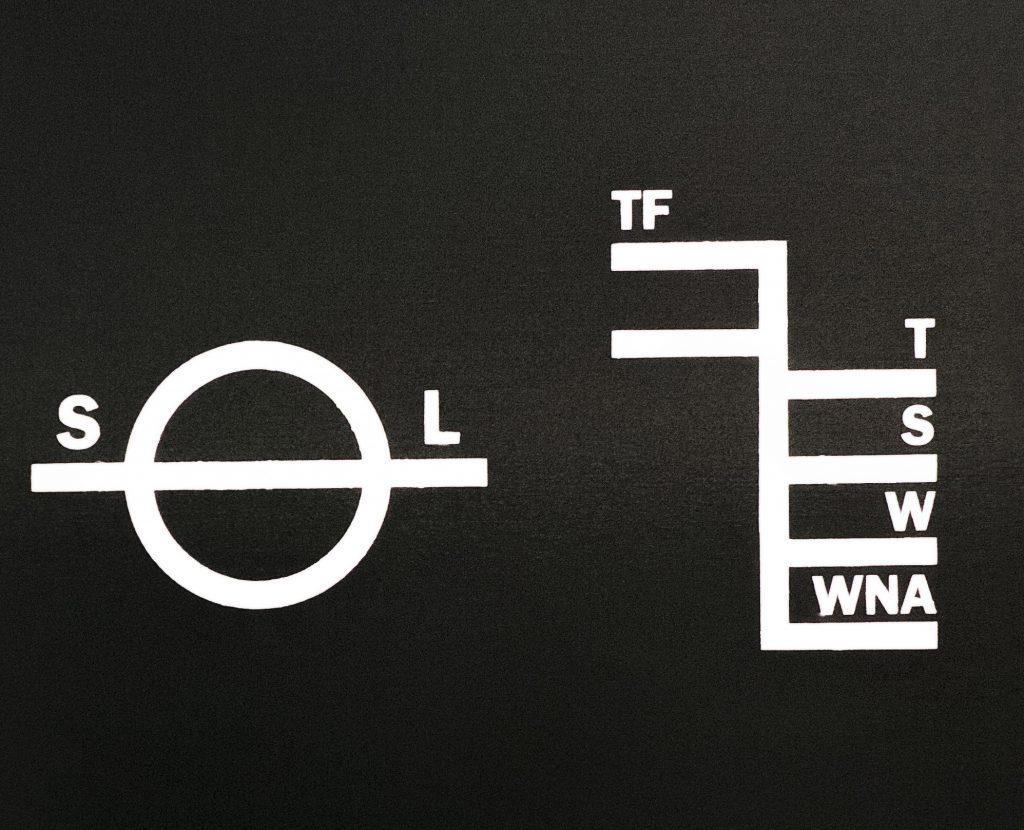
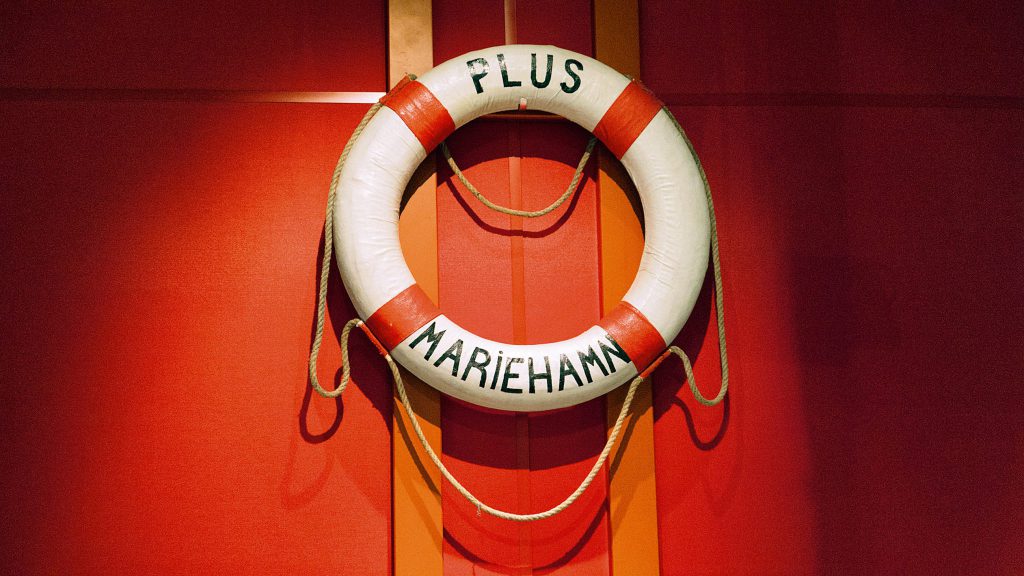
More exhibitions
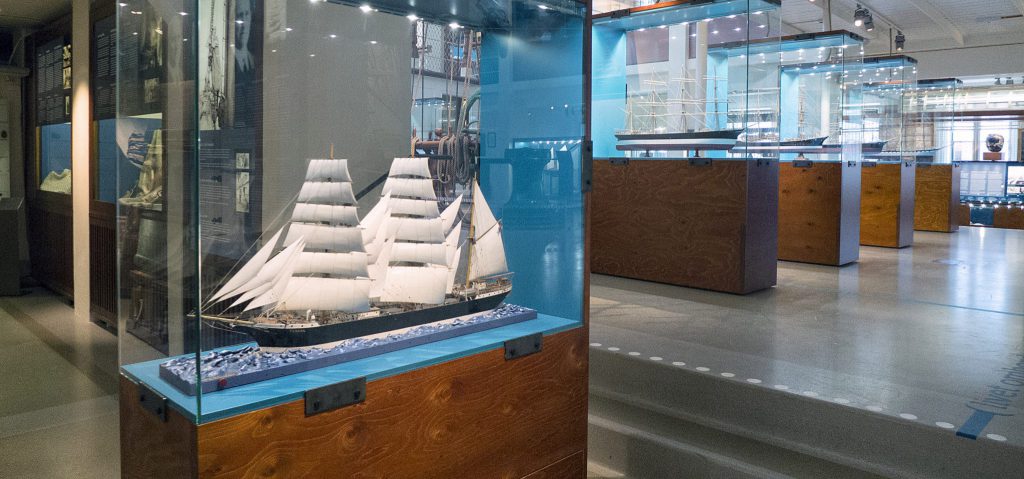
The Sailing Ship Era
Since time immemorial, sailing has been the Åland way of voyaging across the seas, and Mariehamn was the home port for the world’s last fleet of tall ships.
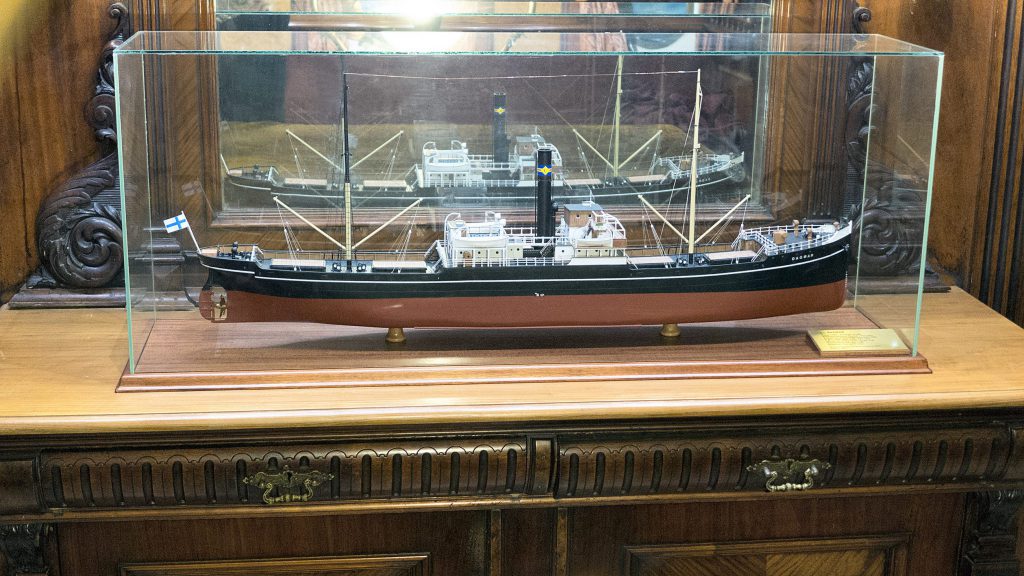
Engine-powered shipping
Engine-powered shipping was late in coming on Åland but once it had been established, it became the motor for modernizing Åland society at large.
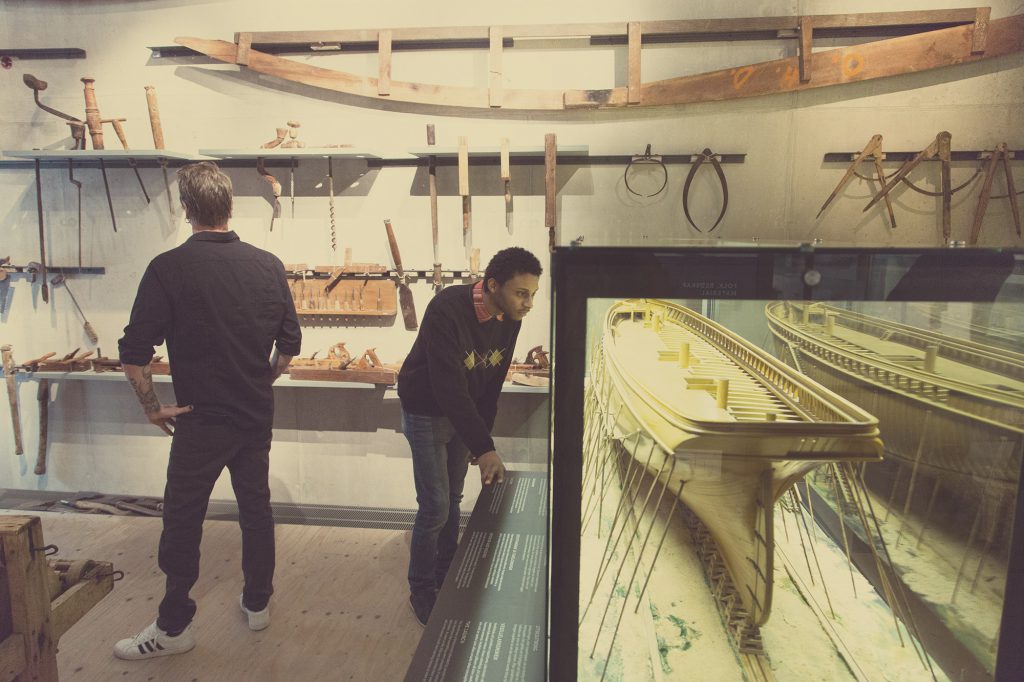
Shipbuilding
Despite shipbuilding never growing into an industry in its own right, hundreds of ships were built here.
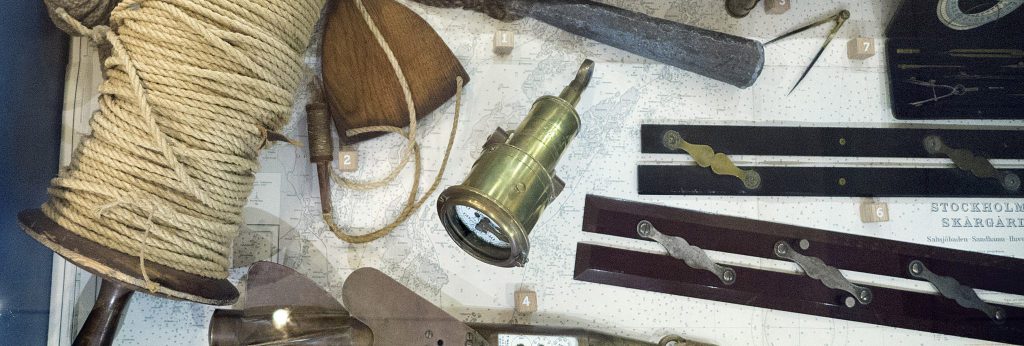
Navigation
Compass, chronometre, sextant, log and sea charts are in principally all a navigator needs to determine position and follow a set course.

Maritime Mariehamn
From the founding of Mariehamn in 1861 it has been a maritime town. This is were the professional shipping industry developed and this is were successful master mariners build their splendid homes.
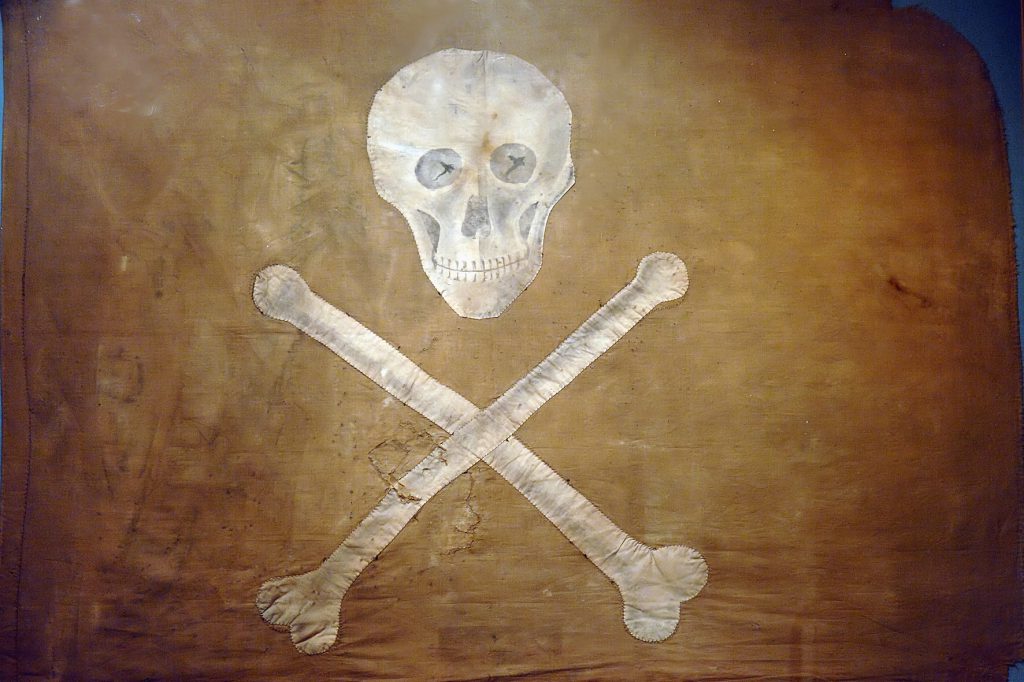
Cabinet of Curiosities
A cabinet of curiosities is made up of an eclectic collection of object that becomes a representation of all the world’s wonders and oddities in miniature.
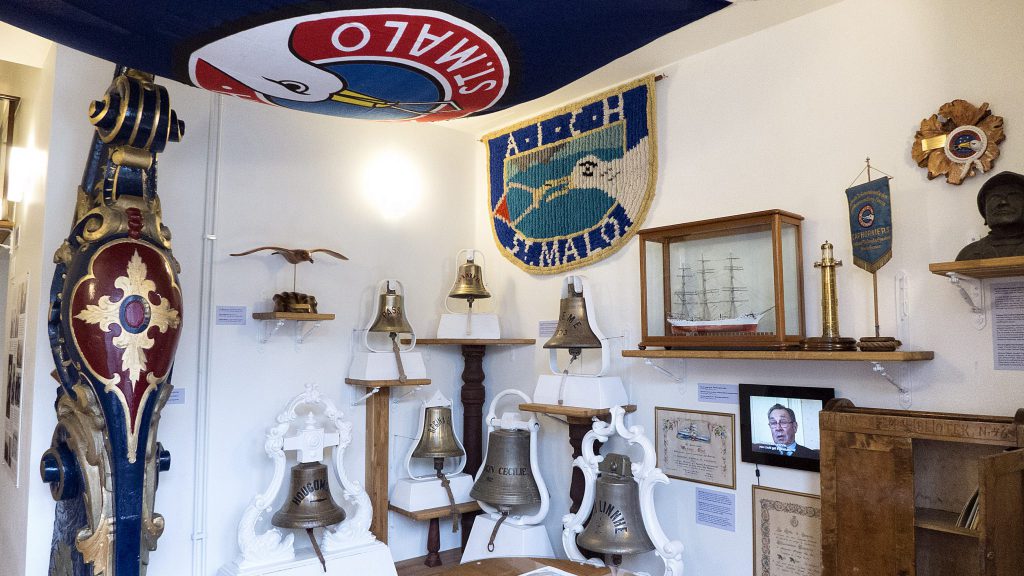
The Cape Horn Room
Amicale Internationale des Capitaines au Long Cours de Cape Horniers was an exclusive club for seafarers who had rounded the notorious Cape Horn in a cargo-carrying sailing vessel.
